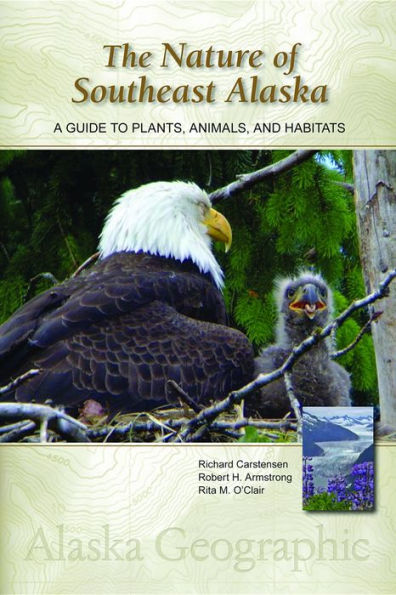The Nature of Southeast Alaska: A Guide to Plants, Animals, and Habitats
Everything you ever wanted to know about the flora and fauna of Southeast Alaska is contained in the third edition of this lively field guide to the natural world, from bears to banana slugs, mountains to murrelets. Highlighting the most fascinating and unusual aspects of Southeast Alaska natural history, the book is also a guide to the most frequently seen plants and animals.
1115682316
The Nature of Southeast Alaska: A Guide to Plants, Animals, and Habitats
Everything you ever wanted to know about the flora and fauna of Southeast Alaska is contained in the third edition of this lively field guide to the natural world, from bears to banana slugs, mountains to murrelets. Highlighting the most fascinating and unusual aspects of Southeast Alaska natural history, the book is also a guide to the most frequently seen plants and animals.
10.99
In Stock
5
1

The Nature of Southeast Alaska: A Guide to Plants, Animals, and Habitats
326
The Nature of Southeast Alaska: A Guide to Plants, Animals, and Habitats
326
10.99
In Stock

Product Details
| ISBN-13: | 9780882409290 |
|---|---|
| Publisher: | Graphic Arts Books |
| Publication date: | 03/03/2014 |
| Series: | Alaska Geographic |
| Sold by: | Barnes & Noble |
| Format: | eBook |
| Pages: | 326 |
| Sales rank: | 241,419 |
| File size: | 24 MB |
| Note: | This product may take a few minutes to download. |
About the Author
From the B&N Reads Blog
